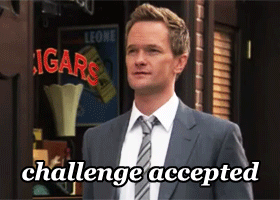I think I’m finally starting to get the hang of this. After spending a few days fruitlessly searching Google for answers to poorly worded questions, I’m starting to figure some things out and make some real changes to my site. Some are simpler than others; I’ve added plugins to let me rearrange my nav menu, add footnotes to my posts, and let me show off my twitter and contact information. I’ve done a lot of things that help support the site, like feed my new Twitter account to the sidebar, made myself a self-hosted email address, and even added a favicon so you see my site’s logo next to the url. I’ve even started written a few posts to test out my new formats, so it’s not just gibberish anymore.
The page of posts plugin that I wrote after consulting the codex is probably the most useful thing I’ve done so far. I didn’t realize that WordPress wouldn’t automatically do this; I wanted to automatically post every post to the homepage, as well as a copy on a different page (almost a separate, more specific blog in addition to a “superblog”) based on the categories I choose. This way I can have as many categories as I want, but only have three specific blogs that theoretically should have different content (although they could easily overlap). Although I’m still having problems getting my custom meta boxes to appear, and I’m still struggling a bit with the css and include functions (how do you get your header to be a solid color and go all the way across the top of the page?!?!), I’m encouraged by the progress I have made and hope it will lead to further breakthroughs. For now I’m going to keep chipping away and hopefully figuring things out on my own until I can get some more pro tips in class. I’m not sure I’m going to get to do everything I originally wanted to do, but I’m discovering the power of plug-ins, and the fact that I’m probably not the first person to want to do certain things for my site. A few searches for plug-ins and my site is starting to quickly be capable of functioning in the most efficient way.

